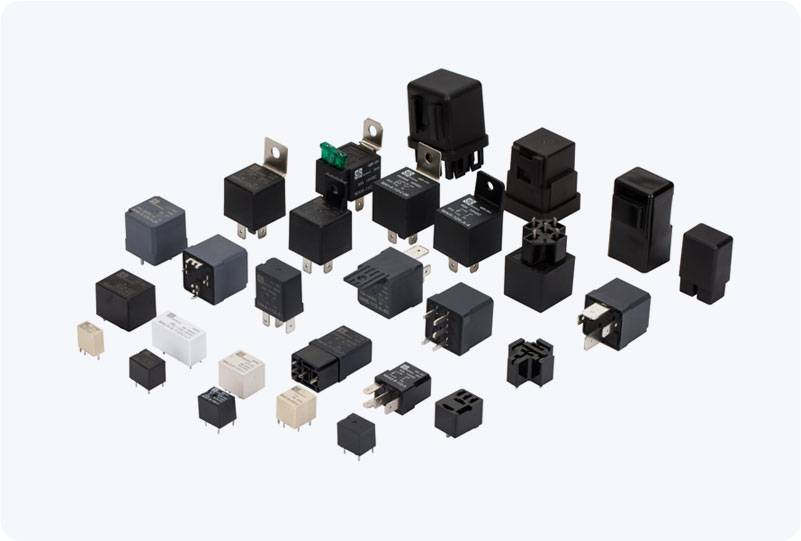Power relays are integral components in modern electrical systems, used for controlling and protecting high-power circuits. These devices allow low-power control signals to switch high-power loads on and off, providing a crucial function in automation, electrical protection, and energy management. This article will explore the working principles, types, applications, and importance of power relays in various industries.

What is a Power Relay? A power relay is an electrically operated switch designed to control high-current electrical circuits using a low-power control signal. It is typically composed of a coil, contacts, and a spring mechanism. When an electrical current passes through the coil, it generates a magnetic field that moves the relay’s contacts, either closing or opening the circuit. This mechanism enables the relay to control larger power circuits with a much smaller and safer control signal. Working Principle of Power Relays The basic working principle of a power relay involves the use of electromagnetism to switch electrical contacts. When a control voltage is applied to the coil, it creates a magnetic field that attracts or repels a movable armature, causing the relay’s contacts to either open or close. The state of these contacts determines whether or not current can flow through the controlled circuit.